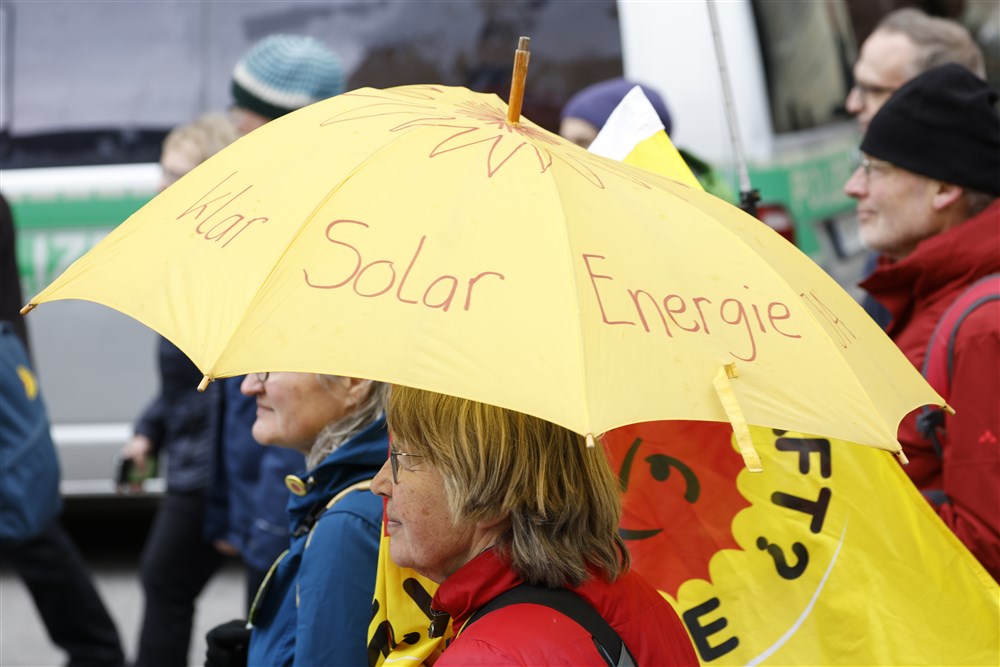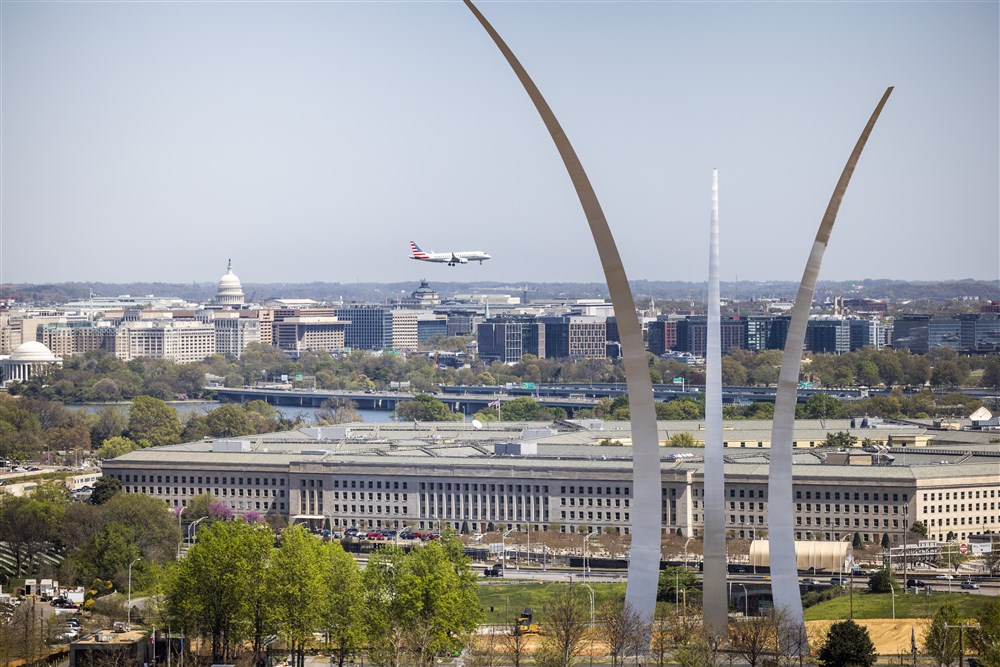The European Union is having to rely on US billionaire Elon Musk to get its satellites into space.
The European Space Agency (ESA) has been left with little option but to employ Musk’s SpaceX rockets after retiring its own heavy-lift Ariane 5 spacecraft.
Its replacement, the Ariane 6, was due to come online in 2020 but delays have meant it is still undergoing testing. There have also been problems with the development of the ESA’s next-generation Vega-C light launch-rocket.
Having also lost the use of Russia’s launch capability due to the Ukraine war, the EU-dominated agency has been forced to turn to SpaceX, putting the ESA Euclid space telescope into orbit with the company on July 1.
More photos from today’s Falcon 9 launch of Euclid pic.twitter.com/B9h2CS6WIr
— SpaceX (@SpaceX) July 1, 2023
However, requiring Musk’s rocket services coincides with EU regulators repeatedly clashing with the American. Lawmakers have previously threatened to ban his social media platform Twitter from the EU over disagreements relating to freedom of speech.
Speaking to Brussels Signal, ESA spokeswoman Lucia Linares said that the organisation would continue to rely on third-party options until Ariane 6 is fully operational.
“For some forthcoming missions where the launch date is critical to the success of the mission, and the availability of an ESA-developed launcher is uncertain, ESA made provisions for the possible procurement of alternative launch services,” she said.
“[We are] also planning to collaborate with SpaceX for the launches of Hera, an asteroid mission, and EarthCARE in 2024.”
Linares added that such service contracts are negotiated “on a case-by-case basis”, with ESA’s budget for this year set at €7.08 billion.
The additional income for Musk may smooth feathers over European Commissioner for Internal Market Thierry Breton’s repeated threats to have Twitter thrown out of the EU if it fails to implement certain censorship requirements outlined in the Digital Services Act.
A subsequent decision by Musk to pull the platform out of the EU’s voluntary code of practice against disinformation also drew a broadside from the lawmaker, who warned that “obligations remain” and “our teams will be ready for enforcement”.
The ESA is “Europe’s gateway to space” with a stated mission “to shape the development of Europe’s space capability and ensure that investment in space continues to deliver benefits to the citizens of Europe and the world”.
The agency’s Ariane 5 rocket blasted off for the final and 117th time on July 5 with a French military communications satellite and a German communications satellite onboard.
Bowing out in style, Europe’s #Ariane 5 rocket has completed its final flight, placing @DLR_de‘s Heinrich Hertz and the French Syracuse 4B satellites into their planned geostationary transfer orbits ? https://t.co/XYYDp86r8Y pic.twitter.com/xzwLva90mu
— ESA (@esa) July 5, 2023
Souring relations with Russia over its war with Ukraine have only made the delay of Ariane’s replacement more troublesome for the ESA, with it now being unable to rely on Moscow’s Soyuz launch vehicles, something Linares lamented.
“The introduction of Russia’s Soyuz 2 rocket to Europe’s Spaceport was a milestone of strategic cooperation in the space transportation sector between Europe and Russia, and an exciting opportunity for ESA at the time,” she said.
She noted how the Russian rocket was successfully used for more than 10 years since October 2011, when the first pair of Galileo navigation satellites were launched from Europe’s Spaceport in French Guiana.
Today, numerous EU economic sectors rely on the Galileo global satellite navigation and positioning system, from transport and agriculture to border management and search and rescue. Already more than 2.5 billion smartphones are Galileo-enabled.
Linares added that the ESA was now working to rebuild internal capacity for future missions.
“Our priority is to restore European independent access to space by ensuring the safe, swift and robust resumption of Vega-C and securing rapidly and reliably the inaugural flight of Ariane 6 which will contribute to stabilise the launch manifest of ESA missions,” she said.
#Ariane5 touches the stars! ? @DLR_SpaceAgency‘s Heinrich-Hertz-Satellit and SYRACUSE 4B are officially in orbit – that’s the 117th and final A5 launch from @EuropeSpacePort, so from all of us @esa a big thank you to @Arianespace @ArianeGroup @CNES #SpaceTeamEurope #VA261?➡️? https://t.co/Wzmv7szDjq
— ESA Space Transport (@ESA_transport) July 5, 2023





Elon Musk, George Orwell, and the abuse of language: what the tech billionaire can learn about the cisgender wars from the novelist’s essay